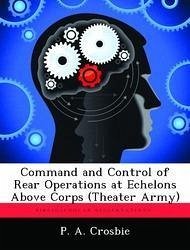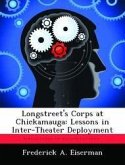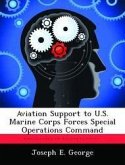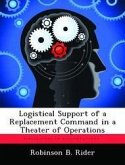This monograph examines the adequacy of the current rear operations command and control (C2) doctrine at theater army that is contained in FM 90-14, Rear Battle. Specifically, this study seeks to determine if the TAACOM commander is the best choice to command the theater army rear fight (as stipulated in the doctrine) or if there is a need for a separate Rear Operations officer and staff at this echelon. The German Army rear security command and control structures used in World War II during the Russian campaign are examined in detail. From this experience the Wehrmacht gleaned four rear operations command and control lessons that serve as a framework for analysis and comparison to our current doctrine. Based on the compelling reasons of simplicity and unity of command the author concludes that the current rear operations command and control doctrine for theater army is deficient. Further, the current doctrine requires revision and refinement. Finally, the author concludes that the TAACOM commander is not the optimal choice to captain the theater army rear fight, rather a separate Rear Operations commander and staff is required for this endeavor.
Bitte wählen Sie Ihr Anliegen aus.
Rechnungen
Retourenschein anfordern
Bestellstatus
Storno









